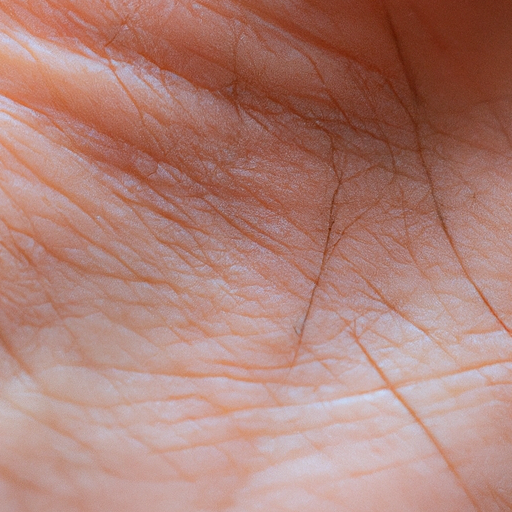As a medical professional, I am often asked about the best ways to maintain healthy, radiant skin. One of the most effective methods that I recommend is skin exfoliation. This process, when done correctly, can significantly enhance the appearance and health of your skin. In this article, I will provide an ultimate guide to skin exfoliation, explaining what it is, its benefits, and how to do it properly.
Skin exfoliation is the process of removing dead skin cells from the surface of your skin. Our skin naturally sheds dead cells every 30 days or so. However, sometimes these cells don’t shed completely, resulting in dry, flaky patches and clogged pores. Exfoliation helps to prevent this, leaving your skin looking fresh and healthy.
There are two main types of exfoliation: physical and chemical. Physical exfoliation involves using a scrub, brush, or other abrasive tool to physically remove dead skin cells. Chemical exfoliation, on the other hand, uses acids or enzymes to dissolve these cells.
Both types of exfoliation have their benefits. Physical exfoliation can be great for removing larger areas of dry, flaky skin and can give your skin a smooth, polished look. Chemical exfoliation can be more effective at unclogging pores and can also help to even out skin tone.
Exfoliating your skin has many benefits. Firstly, it helps to unclog pores, reducing the likelihood of breakouts. It also helps your skincare products penetrate deeper into your skin, making them more effective. Furthermore, by removing dead skin cells, exfoliation can help to stimulate the growth of new cells, improving your skin’s overall health and appearance.
However, while exfoliation can be beneficial, it’s important not to overdo it. Over-exfoliating can strip your skin of its natural oils, leading to dryness and irritation. As a general rule, I recommend exfoliating no more than once or twice a week. If you have sensitive skin, you may want to exfoliate even less frequently.
When it comes to choosing an exfoliation method, it’s important to consider your skin type. If you have oily or acne-prone skin, a chemical exfoliant may be the best option. These can help to unclog pores and reduce the appearance of acne scars. For those with dry or sensitive skin, a gentle physical exfoliant may be more suitable.
Before you start exfoliating, it’s a good idea to cleanse your skin to remove any makeup or dirt. Then, apply your chosen exfoliant according to the instructions. Be sure to apply it gently, using circular motions, and avoid the delicate area around your eyes. After exfoliating, rinse your skin thoroughly and apply a moisturizer to keep your skin hydrated.
In conclusion, exfoliation is a key component of a healthy skincare routine. When done correctly, it can help to unclog pores, improve the effectiveness of your skincare products, and give your skin a healthy, radiant glow. However, it’s important to choose the right exfoliation method for your skin type and to avoid over-exfoliating. As always, if you have any concerns about your skin or skincare routine, I recommend consulting with a dermatologist or other healthcare professional.



